Top 10000mAh Solar Power Banks: A Practical Buyer's Guide
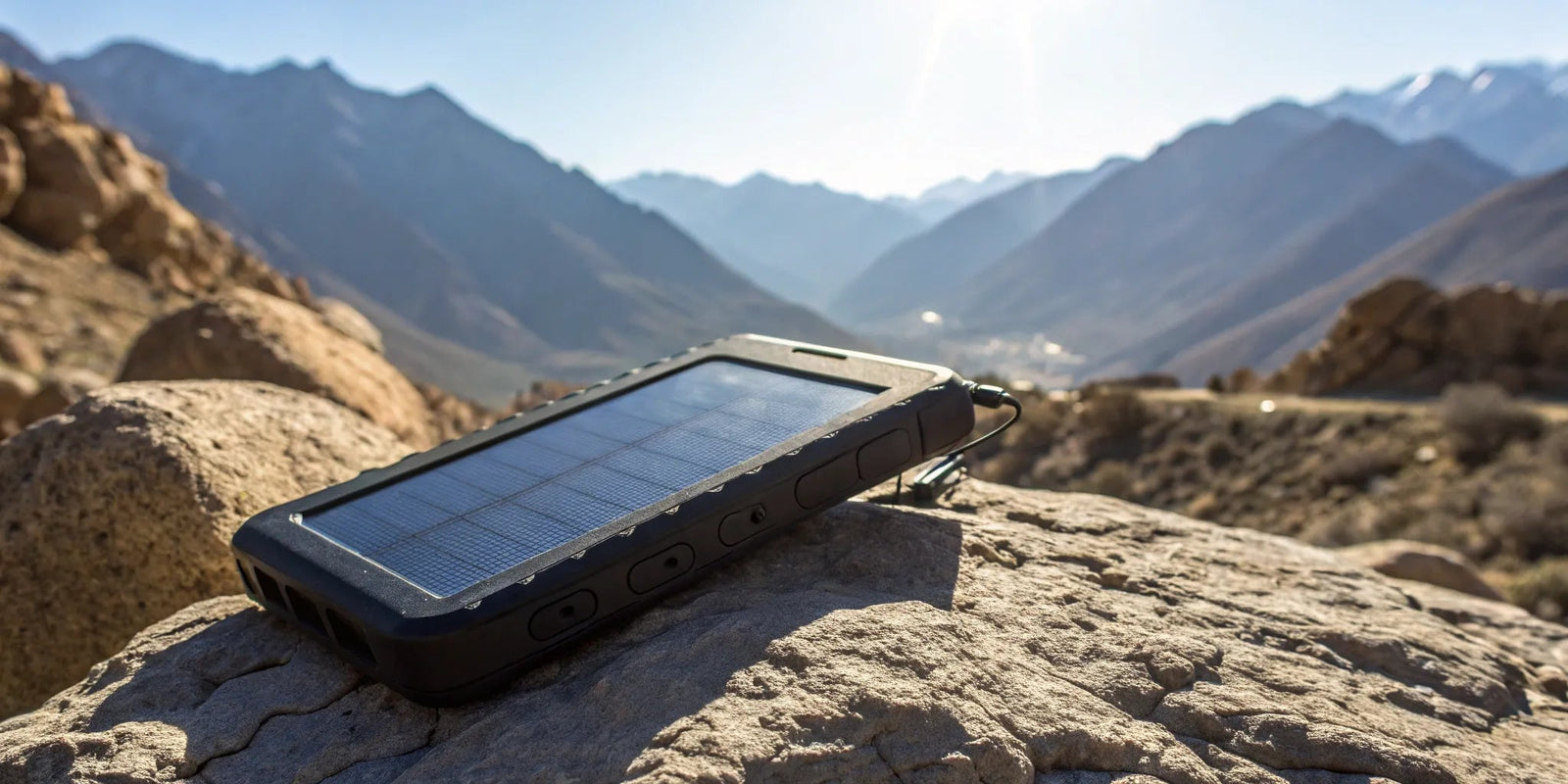
Choosing the right portable power source is about more than just battery size; it’s about investing in reliability. A solar power bank is a key tool for anyone who values independence, whether you're a frequent traveler, an outdoor enthusiast, or building an emergency kit for your family. The goal is to find a device that won’t fail when you need it most. This guide will walk you through the essential features, from build quality and weather resistance to charging speed and solar panel efficiency. We’ll help you find the perfect 10000mAh solar power bank that offers the best value and performance for your specific needs.

Portable Solar Power Bank 26800mAh - 99Wh Fast Charger
Lithium Polymer (Li-Po) battery. PD fast charging. Holds up to 8 days of reliable power on a single charge. Boasts a charging speed 50% faster than ordinary portable chargers.
Shop NowKey Takeaways
- Treat Solar as a Top-Up, Not a Full Charge: Always start your trip with a full battery charged from a wall outlet. Use the sun to trickle-charge and extend your power throughout the day, not as the primary way to charge an empty bank from zero.
- Choose Features Based on Your Needs: A rugged, weatherproof power bank is essential for outdoor adventures, while multiple fast-charging ports are a priority for travel or family use. Assess how you'll use it to pick the features that truly matter.
- Protect Your Investment with Smart Maintenance: Extend your power bank’s life by avoiding extreme temperatures and storing it with a partial charge (around 50-80%). This simple care routine ensures it’s healthy and reliable for your next trip or emergency.
What is a Solar Power Bank, Really?
If you’ve ever found yourself with a dead phone halfway up a hiking trail or during a power outage, you already know the value of portable power. A solar power bank is essentially a portable battery pack with a superpower: it has built-in solar panels that convert sunlight into electricity. This means you can charge your phone, tablet, or other gadgets even when you're completely off the grid. Think of it as your personal, pocket-sized power station for camping trips, long travel days, or your emergency preparedness kit.
While they might seem like a niche gadget, their practicality is hard to ignore. They offer a reliable backup that doesn’t depend on finding a wall outlet. But not all solar power banks are created equal. Before you grab the first one you see, it’s helpful to understand how they actually work, what their capacity numbers really mean, and whether they live up to the hype. We’ll walk through the essentials so you can find a device that genuinely fits your needs, whether you’re an outdoor adventurer or just someone who likes to be prepared for anything.
How Do Solar Power Banks Actually Work?
The magic of a solar power bank lies in its simplicity. As KEUTEK's guide explains, the small solar panels on the device capture sunlight and convert it into electrical energy, which is then stored in the internal battery. You can then use that stored power to charge your devices whenever you need it.
However, it’s important to know that solar charging is best for topping up your power bank, not for charging it from zero. The small size of the panels means it can take a long time to get a full charge from the sun alone. For the best results, you should fully charge your power bank using one of your fast wall chargers at home before you head out. Then, use the sun to keep it topped off during your adventure.
Real vs. Advertised Capacity: What You Need to Know
When you see a power bank advertised as 10000mAh, it’s easy to assume it will charge your 3,000mAh phone more than three times. Unfortunately, it’s not that simple. The advertised number is the raw capacity of the internal battery cells, but some of that energy is always lost during the charging process.
As experts at Jackery note, you can typically expect to get about 70% to 85% of the advertised capacity. This is because energy is lost as heat when power is transferred from the bank to your device. So, a 10000mAh power bank will realistically deliver around 7,000-8,500mAh of usable power. Understanding this helps you get a much clearer picture of how many charges you’ll actually get and helps you choose the right power bank capacity for your needs.
Common Myths About Solar Charging, Busted
There are a couple of common myths about solar power banks that can be misleading. The biggest one is that they need bright, direct sunlight to work at all. While direct sun is definitely the most effective way to charge, most modern solar panels are sensitive enough to generate some power even on overcast or cloudy days. The charging will be much slower, but it won’t stop completely.
Another misconception is that solar charging is a fast and primary feature. In reality, it’s a secondary, backup function. Think of the solar panels as a way to trickle-charge your battery and extend its life when you’re away from an outlet, not as a replacement for plugging it into the wall. Knowing this helps you use your solar charger effectively and avoid disappointment.
Are They Actually an Eco-Friendly Choice?
Solar power banks are often marketed as a green alternative, and for good reason. By harnessing sunlight, they use a clean, renewable energy source to power your devices. This reduces your reliance on electricity from the grid, which is especially beneficial when you’re enjoying the outdoors and want to minimize your environmental impact.
Of course, no electronic device is perfectly green—the manufacturing process always has a footprint. However, choosing to recharge with the sun whenever possible is a step in a more sustainable direction. According to EcoFlow, using a solar power bank is a great way to access renewable energy wherever you are. It’s a practical choice that lets you stay connected while being a little kinder to the planet.
The Best 10000mAh Solar Power Banks
Finding the right solar power bank can feel like searching for a needle in a haystack. There are countless options, and they all promise to keep you powered up when you're off the grid. To make your decision easier, I’ve put together a list of the top 10000mAh solar power banks that stand out for their performance, durability, and user-friendly features. This capacity is the perfect middle ground, offering enough juice to charge your phone a couple of times without weighing down your pack.
Whether you're a seasoned outdoor adventurer, a frequent traveler, or someone building an emergency preparedness kit, there's a power bank on this list for you. We'll look at everything from rugged, weatherproof designs built for the trail to sleek, lightweight models perfect for a day trip. Some even come with handy extras like built-in flashlights and wireless charging. Let's find the perfect solar power bank to keep your devices running, no matter where you are.
KEUTEK Solar Power Bank
When it comes to dependable power, KEUTEK is a name you can trust. This solar power bank is designed for those who need a reliable charge without any fuss. It’s a fantastic all-around choice for camping, hiking, or just having a backup power source at home. What really sets it apart is the focus on safety and quality components. As KEUTEK notes, their power banks "use premium lithium polymer batteries and advanced safety features, making them safe and reliable for outdoor adventures." This means you can charge your devices without worrying about overcharging or short-circuiting. It’s a solid, no-nonsense piece of gear that delivers on its promise of keeping you connected. Check out their full line of fast charging portable power for more options.
Anker PowerCore Solar
Anker has built a strong reputation for creating high-quality charging gear, and their PowerCore Solar is no exception. It’s a favorite among tech enthusiasts and travelers for good reason. The design is both durable and practical, with an IP64 rating to protect against dust and water splashes. It also includes a built-in flashlight, which is incredibly useful on camping trips or during a power outage. According to Anker, their "power banks are known for their reliability and come in both 10000 mAh and 20000 mAh capacities, making them versatile for various needs." The 10000mAh model strikes a great balance, providing enough power for multiple phone charges while remaining compact enough to slip into a backpack. It's a dependable choice from a brand that consistently delivers.
RAVPower Solar Charger
If you’re looking for a solar charger that’s both tough and efficient, RAVPower is a brand worth considering. Their solar power banks are built to withstand the elements, making them a great companion for any outdoor activity. The rugged exterior can handle bumps and drops, while the solar panels are designed for high-efficiency charging to get you powered up faster when you're relying on the sun. RAVPower states that it "offers a variety of solar chargers that are recognized for their efficiency and durability, making them a solid choice for outdoor use." With multiple charging ports, you can power up more than one device at a time, which is perfect for trips with family or friends.
BLAVOR Solar Power Bank
For those who appreciate modern conveniences even in the great outdoors, the BLAVOR solar power bank is a standout. Its biggest selling point is the integrated Qi wireless charging pad, allowing you to power up compatible devices without fumbling for cables. This feature, combined with its rugged, waterproof design, makes it a top pick for adventurers who want both convenience and durability. As BLAVOR highlights, its "solar power bank features wireless charging capabilities and a rugged design, making it ideal for outdoor enthusiasts who need reliable power on the go." It also includes a dual flashlight and compass kit, adding extra utility for camping and hiking trips.
Goal Zero Nomad
Goal Zero has carved out a niche by creating power solutions specifically for the outdoor community, and the Nomad series is a perfect example. While the Nomad is often a standalone solar panel, it pairs perfectly with their power banks to create a complete charging system. These products are designed with portability and ruggedness in mind. The company emphasizes that "Goal Zero Nomad solar chargers are specifically designed for outdoor enthusiasts, providing reliable power in a compact and portable form." This focus means you get a product that’s been tested in the environments you’ll actually be using it in. It’s a premium choice for serious adventurers who depend on their gear to perform flawlessly in the backcountry.
Jackery Portable Charger
Jackery is another brand that’s well-known in the outdoor and portable power space, especially for its larger power stations. Their 10000mAh solar portable charger brings that same reliability to a more compact form factor. It’s an excellent option for campers, travelers, and anyone who needs to keep multiple gadgets charged. A key feature is its ability to power several devices at once without sacrificing charging speed. According to Jackery, their "portable chargers are known for their high capacity and ability to charge multiple devices simultaneously, making them perfect for camping and travel." This makes it a great central charging hub for your phone, camera, and other small electronics when you're away from an outlet.
BigBlue Solar Power Bank
If you’re traveling with a group or just have a lot of tech to keep running, the BigBlue solar power bank is a practical solution. Its main advantage is the inclusion of multiple USB ports, which lets you charge several devices at the same time. This is a lifesaver when you and your friends are all low on battery after a long day of hiking. The brand also focuses on efficient charging to get your devices back to full power quickly. As BigBlue points out, their "solar power banks are equipped with multiple USB ports and are designed for fast charging, making them a practical choice for users with multiple devices." It’s a straightforward, effective power bank that prioritizes function and convenience.
BEARTWO Portable Charger
Sometimes, the most important feature is portability. The BEARTWO portable charger is designed for those who want a lightweight, easy-to-carry power source. It’s one of the more compact options on the market, making it perfect for slipping into a pocket or a small daypack without adding much bulk or weight. This makes it an ideal choice for city travel, day hikes, or any situation where you want to travel light. BEARTWO emphasizes this, noting that it "offers portable chargers that are lightweight and designed for easy transport, making them great for travel and outdoor activities." While it may not have the rugged features of other models, its slim profile and convenience are hard to beat for everyday use.
ToughTested Solar Power Bank
As the name suggests, the ToughTested solar power bank is built to endure harsh conditions. The 'Switchback' model is specifically designed for outdoor enthusiasts who need gear that can keep up with their adventures. It features a durable, IP65-rated waterproof and dustproof housing that protects it from the elements. According to ToughTested, their charger is "a portable solar charger and power bank designed for outdoor activities, featuring a rugged build and high capacity." With a powerful 18-LED flashlight included, it’s more than just a power bank; it’s a multi-functional survival tool for your pack. This is the one you want when you know things are going to get rough.
HyperGear Solar Power Bank
The HyperGear solar power bank combines a tough exterior with modern charging technology, offering the best of both worlds. Like the BLAVOR, it features Qi wireless charging, so you can leave your cables at home if you have a compatible device. This convenience is wrapped in a rugged, shock-absorbent shell that’s ready for outdoor use. HyperGear confirms that its "solar power bank features wireless charging and is built tough for outdoor use, making it a reliable option for those on the go." It’s a great fit for anyone who wants the latest charging features in a package that can handle being dropped, splashed, and tossed in a backpack. It’s a versatile and resilient choice for modern adventurers.
How to Choose the Right Solar Power Bank
Picking the right solar power bank goes beyond just looking at the battery capacity. It’s about finding a reliable partner for your adventures, your commute, or your emergency kit. The best choice for a weekend camper will be different from what a daily commuter or a prepared family needs. Think about how you’ll actually use it. Will it be tossed in a hiking backpack, kept in your car for emergencies, or used daily to top off your phone?
Answering that question will help you weigh the features that matter most to you. You’ll want to balance things like charging speed, durability, and portability to find a device that fits your lifestyle. A power bank with a massive solar panel might charge quickly in the sun, but it won't do you much good if it’s too bulky to bring along. This guide will walk you through the key factors to consider so you can confidently choose a solar power bank that won’t let you down when you need it most.
Check the Build Quality and Durability
Your solar power bank should be able to handle whatever life throws at it. Look for models built with sturdy, shock-absorbent materials that can survive an accidental drop. For those who love the outdoors or want to be ready for anything, durability is non-negotiable. Many high-quality power banks are built tough and come with practical features like a built-in flashlight and SOS mode, making them perfect for both adventures and emergencies. A rugged exterior ensures your power source is protected, whether it’s rattling around in your glove box or clipped to your backpack on a trail.
Prioritize Charging Speed and Efficiency
When your phone is at 1%, you don’t have time to waste. That’s why charging speed is a critical feature. Not all power banks deliver power at the same rate. Look for models that offer fast-charging technology to get your devices back up and running quickly. Some advanced chargers even include smart features like adaptive fast charging, which automatically adjusts the power output to safely charge your specific device as fast as possible. This efficiency is key for making the most of the stored solar energy and getting you powered up in a pinch.
Look at Ports and Compatibility
A power bank is only useful if it can connect to your devices. Before you buy, check the types and number of output ports. Most modern power banks come with a mix of USB-A and USB-C ports to support a wide range of gadgets, from phones and tablets to headphones and smartwatches. Ensure the power bank you choose is compatible with your essential gear. It’s also wise to choose brands that use premium lithium polymer batteries and advanced safety features. This ensures your fast portable power solution is not only compatible but also safe and reliable for all your electronics.
Evaluate Solar Panel Performance
The "solar" in "solar power bank" is the main event, so the panel’s quality matters. A common misconception is that solar panels need bright, direct sunlight to work. While that’s ideal for the fastest charging, high-efficiency panels can still charge in less than perfect conditions. Look for models with monocrystalline panels, which are generally more efficient than polycrystalline types. The panel's wattage will also give you an idea of its charging potential. A higher-wattage panel will recharge the internal battery faster, giving you more power to use when you need it.
Don't Forget Weather Resistance
If you plan to use your solar power bank outdoors, you need one that can stand up to the elements. Look for a model with an IP (Ingress Protection) rating, which tells you how resistant it is to dust and water. For example, a rating of IP65 means the device is completely dust-tight and can withstand water jets from any direction. Many solar power banks are designed to be water-resistant, making them suitable for outdoor use. This gives you peace of mind that a little rain or dust won't leave you without power when you're on an adventure.
Consider Size and Portability
The ideal solar power bank should be easy to take with you. When choosing, think about the balance between size and power. A larger unit might have a bigger battery and more solar panels, but it could be too heavy or bulky for your backpack. A more compact and lightweight power bank is much easier to carry around for daily use or during outdoor activities. Consider how you’ll be transporting it and choose a size that fits your needs without weighing you down. The goal is to have power on the go, not to be burdened by it.
Plan for Emergencies
A solar power bank is an incredible tool for emergency preparedness. It’s an investment in independence. Unlike traditional power banks that need an outlet to recharge, a solar charger gives you a renewable source of energy as long as there’s daylight. This can be a lifeline during a power outage or an unexpected situation. When building your emergency kit, look for a solar power bank with integrated features like a bright LED flashlight with an SOS signal mode. Having a reliable way to charge your phone and signal for help provides invaluable security.
Find the Best Value for Your Money
The cheapest option isn't always the best deal. True value comes from finding a solar power bank that meets your needs without compromising on quality or safety. Evaluate the features of different models against their price tags. A slightly more expensive model might offer faster charging, better durability, and a longer warranty, making it a smarter investment in the long run. By comparing the build quality, charging speed, and overall performance, you can ensure you are getting the best value for your investment.
Get the Most From Your Solar Power Bank
Having a solar power bank is a great first step toward energy independence, whether you're on the trail or preparing for an emergency. But to truly get your money's worth, you need to know how to use and care for it properly. A little bit of know-how can dramatically extend its lifespan and ensure it’s ready to perform when you need it most. These simple habits will help you maintain your power bank’s health, so it can keep your essential devices charged for years to come.
Charge It the Right Way
Before you head out, give your solar power bank a full charge from a reliable wall outlet. This gives you a full battery to start with and conditions it for future use. For the fastest and safest initial charge, use a high-quality adapter like a fast wall charger to get the job done efficiently.
When you’re using the sun, remember that you don’t need a perfectly clear, bright day. While direct sunlight is always best for speed, the solar panels on your power bank can still generate power on overcast days or in partial shade. It will be slower, but it will still work. Think of solar as your way to top off the battery, not the primary method for a full charge from zero.
Store and Maintain It Properly
If you’re storing your power bank for a while—say, in an emergency kit or between camping trips—don’t leave it completely full or completely empty. For long-term health, charge it to around 50-80%. A battery left empty for too long can enter a deep discharge state, making it impossible to recharge. A battery stored at 100% can also lose some of its total capacity over time.
To keep it in top shape, check the charge level every three to four months and top it up back to that 50-80% sweet spot. This simple step ensures your power bank is healthy and ready to go the moment you need it.
Keep It at the Right Temperature
Your solar power bank is tough, but it’s not invincible, especially when it comes to extreme temperatures. Both intense heat and freezing cold can negatively affect its performance and even permanently damage the battery’s lifespan. Avoid leaving it on your car’s dashboard on a hot day or in a freezing tent overnight.
If you’re using it in very hot or cold conditions, try to keep it insulated. Tuck it inside a backpack or pocket to protect it from the most extreme temperatures. This helps the internal components operate within their ideal range, preserving the battery’s health and ensuring it can deliver a consistent charge.
Extend Your Battery's Lifespan
A well-built power bank is designed for the long haul, but how you use it matters. To extend its life, try to avoid draining it to 0% all the time. Making a habit of recharging it when it hits around 20% can help preserve the battery's overall capacity. Quality power banks from KEUTEK are built tough and often include handy features like a built-in flashlight and SOS mode. Using these features is great, but remember they also draw power. Being mindful of your usage ensures you have juice when you need it most for your primary goal: charging your devices.
Match It With Your Devices
To avoid disappointment, it’s helpful to know what your power bank can realistically do. A 10,000mAh power bank, for example, can typically charge a modern smartphone about 1.5 to 2 times. Check the battery capacity (measured in mAh) of your phone, tablet, and headphones to get a clear idea of how many charges you can expect. Also, remember that the connection matters. Using a high-quality, durable cable like a ProSeries USB-C cable ensures you’re getting an efficient and safe transfer of power, which is better for both your power bank and your device.
Use It Smartly Outdoors
When you're on the move, make the most of passive charging. Strap your solar power bank to the outside of your backpack while you hike so it can soak up rays throughout the day. Even on a cloudy day, this will help trickle charge the battery. When you set up camp, find a spot where it can catch the morning or afternoon sun. You don’t need to babysit it, but a little strategic placement goes a long way in keeping it topped off for your evening charging needs.
Stay Safe: What to Know
It’s a common myth that all power banks are the same, but that couldn’t be further from the truth, especially when it comes to safety. A quality power bank includes critical safety features like overcharge protection, short-circuit prevention, and temperature control. These systems work in the background to protect both the power bank and the devices you plug into it. When you choose a trusted brand, you’re investing in a product that has been tested and certified for safety. This gives you peace of mind, knowing your fast charging portable power solution is reliable and won't damage your expensive electronics.
Related Articles
- Solar Power Bank Guide: How to Choose & Use – KEUTEK
- Solar Power Banks: Ultimate Guide (2024) – KEUTEK
- Best Solar Power Banks: Top Picks & Buying Guide – KEUTEK
- Top 5 Solar Powered Power Banks for 2024 – KEUTEK
- Power Bank Solar Chargers: Pros, Cons, and Top Picks – KEUTEK

Portable Solar Power Bank 26800mAh - 99Wh Fast Charger
Lithium Polymer (Li-Po) battery. PD fast charging. Holds up to 8 days of reliable power on a single charge. Boasts a charging speed 50% faster than ordinary portable chargers.
Shop NowFrequently Asked Questions
How long will it actually take to charge my power bank using only the sun? You should think of the solar panel as a way to top off your battery, not charge it from empty. To get a full 10,000mAh charge from the sun alone could take several days of strong, direct sunlight. The best approach is to fully charge your power bank from a wall outlet before you leave home. Then, use the sun to keep it topped up and extend its power while you're out on your adventure.
How many times can a 10,000mAh power bank really charge my phone? While the math seems simple, you won't get three full charges for a 3,000mAh phone from a 10,000mAh power bank. Some energy is always lost as heat during the power transfer. Realistically, you can expect to get about 1.5 to 2 full charges for a modern smartphone. This is a great rule of thumb to keep in mind so you can plan your power needs accordingly.
What's the single most important feature to look for when buying one? It’s less about one single feature and more about how the power bank fits your specific life. The most important thing is to match its features to your primary use. If you’re a serious hiker, durability and weather resistance are your top priorities. If you’re a frequent traveler, you might care more about a lightweight, compact design. Start by thinking about where you'll use it most, and that will tell you which features matter.
Can I just toss my solar power bank in my emergency kit and forget about it? It’s tempting, but not a good idea. If you store a power bank for long periods, you should keep its charge level at around 50-80%. Storing it completely empty can damage the battery, while storing it at 100% can reduce its overall lifespan. For an emergency kit, just set a reminder to check the charge every three or four months and top it up as needed. This ensures it’s healthy and ready when you actually need it.
Is it okay to leave my solar power bank out in the rain? It depends on its IP rating. Many solar power banks are "water-resistant," which means they can handle a light splash or a bit of rain without any issues. However, very few are fully "waterproof," meaning they can be submerged in water. Always check the specific IP rating for the model you own. A rating like IP65 means it’s protected from dust and light water jets, making it great for the outdoors, but you still wouldn't want to drop it in a lake.


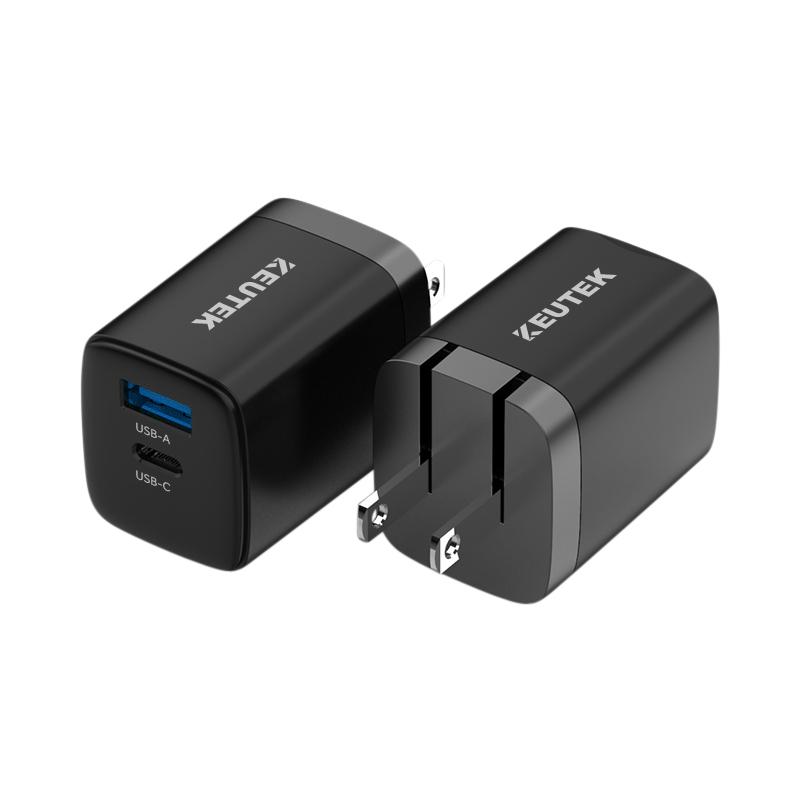
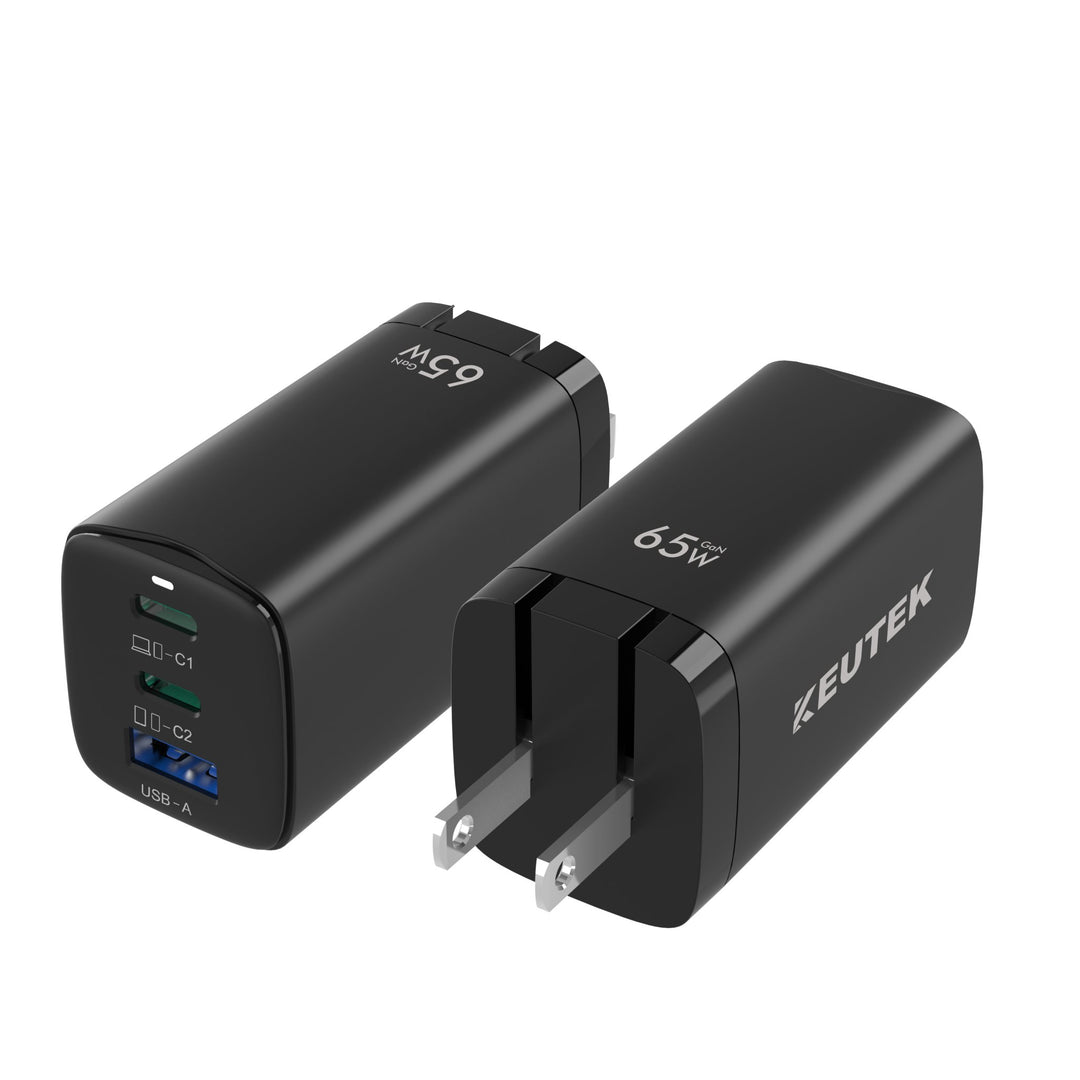

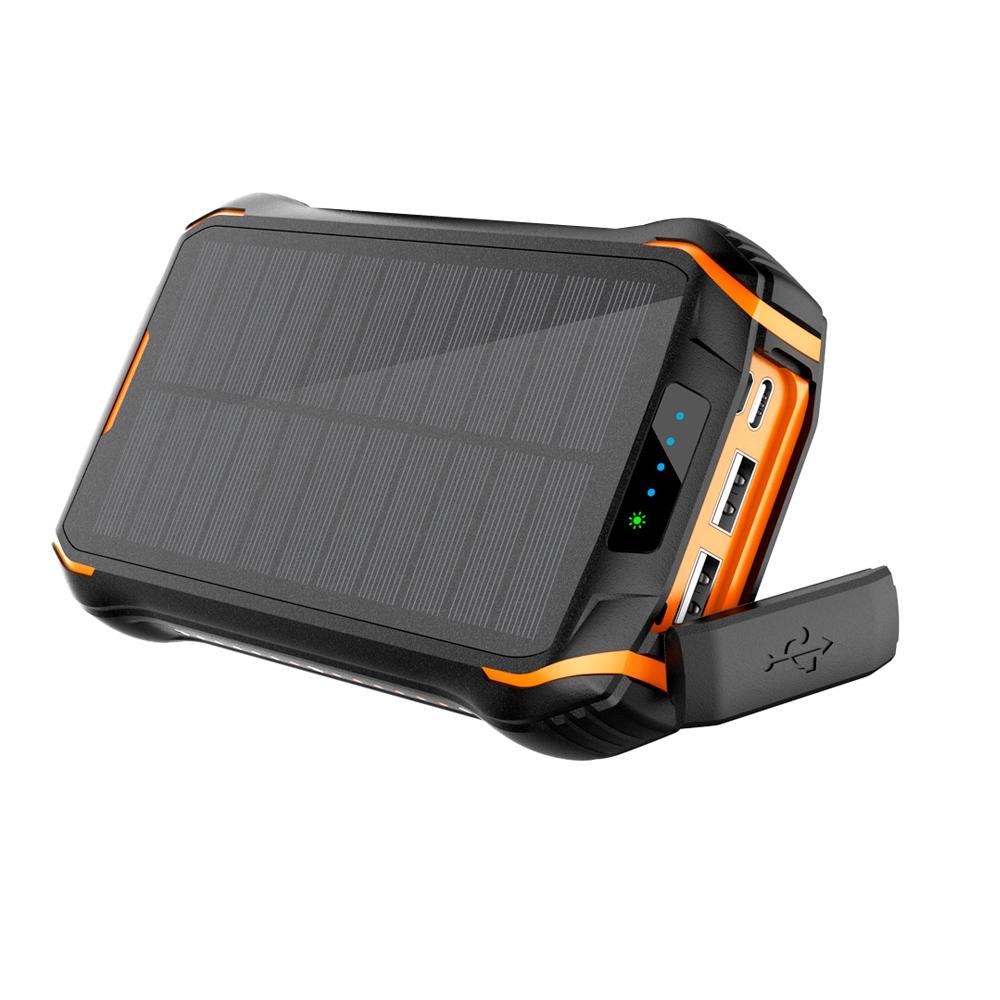
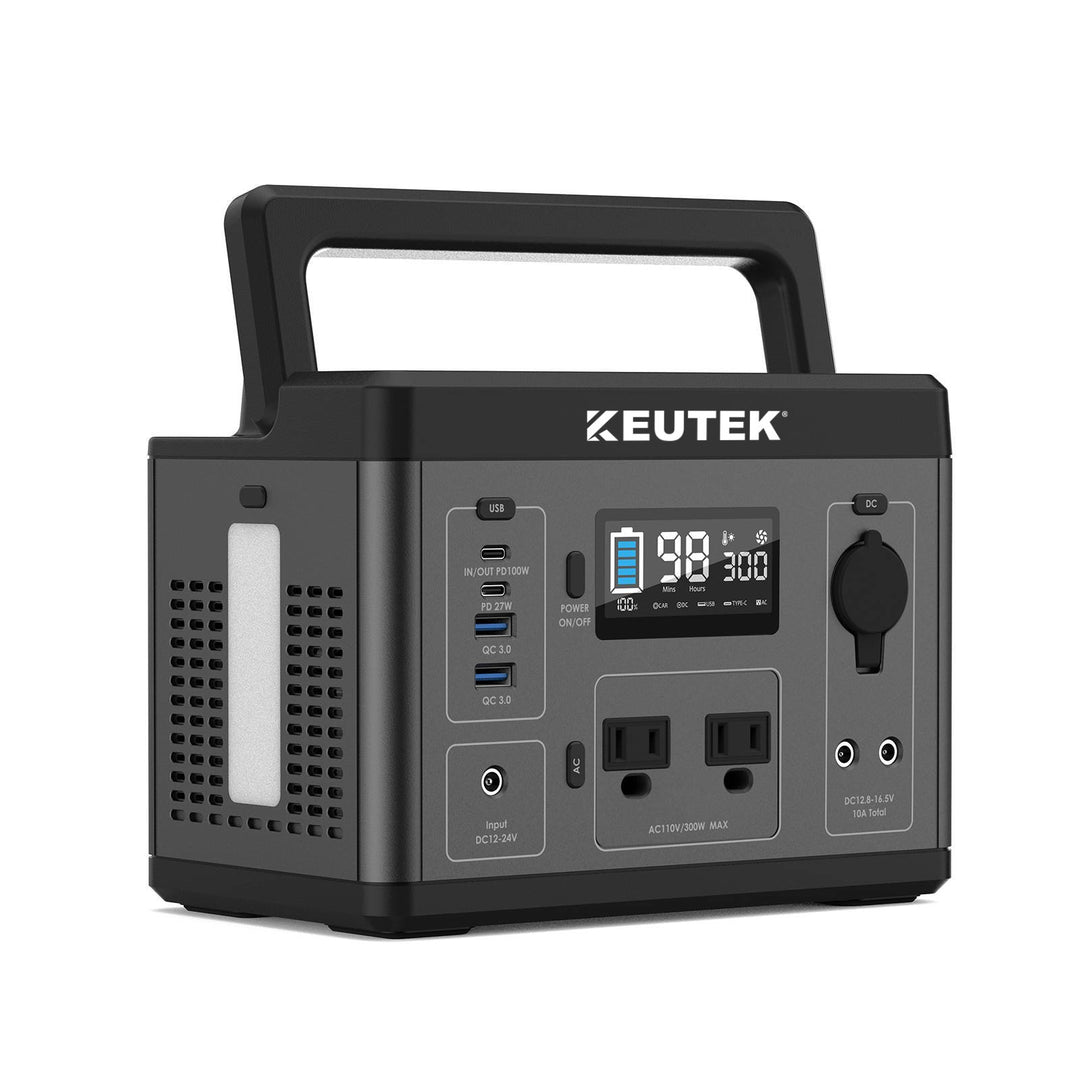
Leave a comment